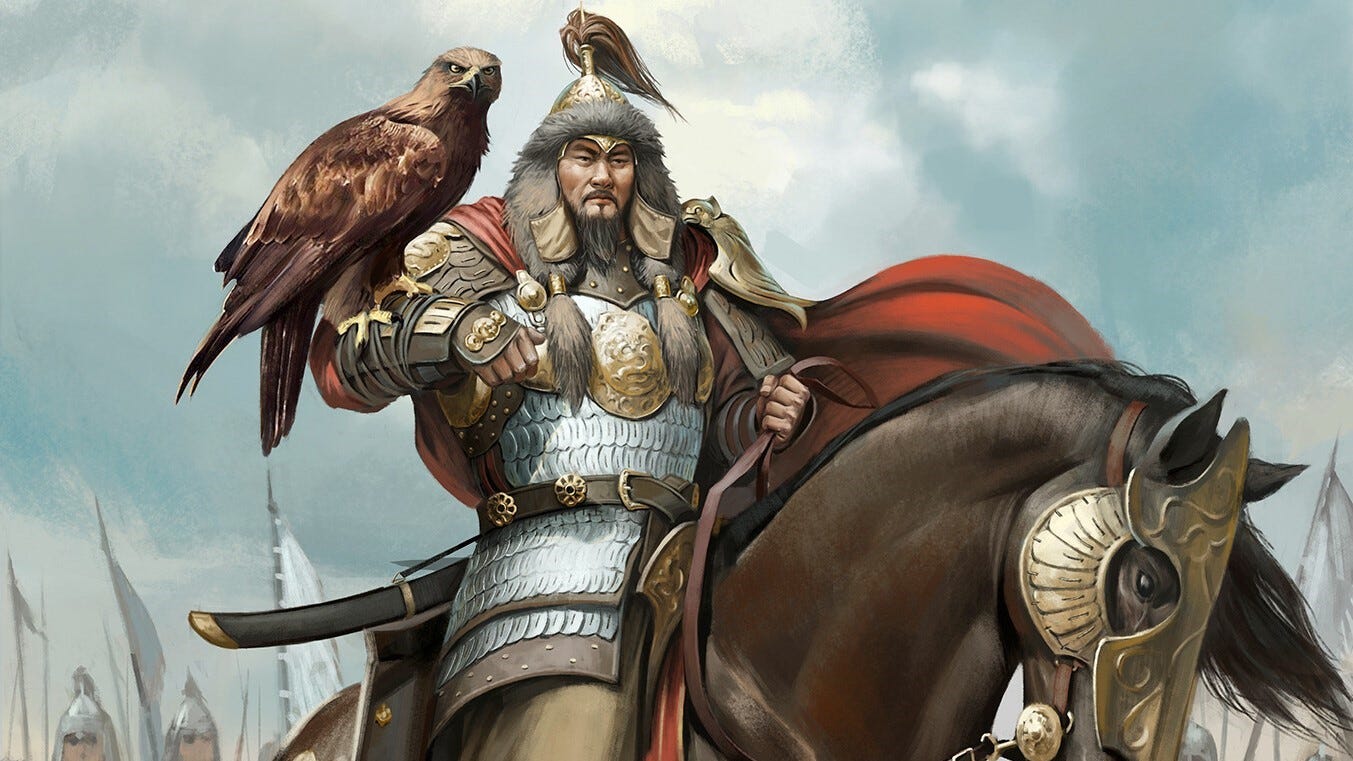The Mysteries of the Mongolian Exploring Their Name Country and Official Title
Mongolian The legacy of the Mongols, a nomadic people who once roamed the vast steppes of Central Asia, continues to captivate the imagination of history enthusiasts and scholars alike. In this article, we delve into some key questions about the Mongols, shedding light on what they are called today, the country they belong to, and the official name of their homeland.

What Are Mongolian Called Now?
The term “Mongols” has stood the test of time, remaining the commonly accepted name for this ethnic group. Today, the descendants of the great Mongol Empire are simply referred to as Mongols. Whether they reside in Mongolia or form part of the diaspora in other countries, the name has endured, a testament to the enduring cultural identity of this remarkable people.
Which Country Is Mongol?
The heartland of the Mongols is the sovereign nation of Mongolia, a landlocked country nestled between Russia and China. Mongolia, often dubbed the “Land of the Eternal Blue Sky” for its vast, clear skies, is where the majority of ethnic Mongols reside. The capital city, Ulaanbaatar, serves as the cultural and economic hub of the nation, reflecting a blend of traditional Mongolian heritage and modern influences.
Beyond Mongolia, however, the Mongol diaspora extends into neighboring regions and even farther across the globe. In Russia and China, areas such as Inner Mongolia are home to significant Mongol populations, contributing to the rich tapestry of ethnic diversity in these countries.
What Is Mongolian Official Name?
The official name of Mongolia is the “Mongolia.” The country, independent since 1921, adopted the name “Mongolia” to signify its status as a sovereign nation, distinct from historical empires and influences. This name reflects the proud heritage of the Mongol people and their enduring commitment to preserving their unique cultural identity.
Mongolia, with its vast landscapes that range from the Gobi Desert to the Khentii Mountains, boasts a rich history that predates the rise of the Mongol Empire. Today, the nation embraces its past while navigating the complexities of the modern world.
Exploring the Cultural Tapestry of Mongolia
Beyond the geopolitical aspects, the Mongols are celebrated for their rich cultural heritage. Traditional Mongolian nomadic lifestyle, characterized by yurts (ger) and a deep connection with nature, remains an integral part of the country’s identity. The ancient practice of throat singing, or “khöömei,” and traditional sports like wrestling and horse racing are embraced as both historical treasures and living traditions.
Mongolia’s commitment to preserving its cultural legacy is evident in the annual Naadam Festival, a spectacle of the “Three Manly Games” – wrestling, horse racing, and archery. This event showcases the resilience and spirit of the Mongol people, fostering a sense of national pride.
Conclusion: Embracing the Mongolian Spirit
In conclusion, the Mongols, known today as Mongols, hail from the captivating landscapes of Mongolia, a country with a rich history and a commitment to preserving its unique cultural identity. Mongolia, with its official name reflecting its sovereignty, stands as a testament to the enduring spirit of a people who once forged one of the greatest empires in history.
Whether one is drawn to the nomadic traditions, the harmonious sounds of throat singing, or the historical significance. The Mongol Empire, exploring the Mongolian story is a journey into a world of resilience, cultural richness, and the indomitable spirit of the Mongol people.
